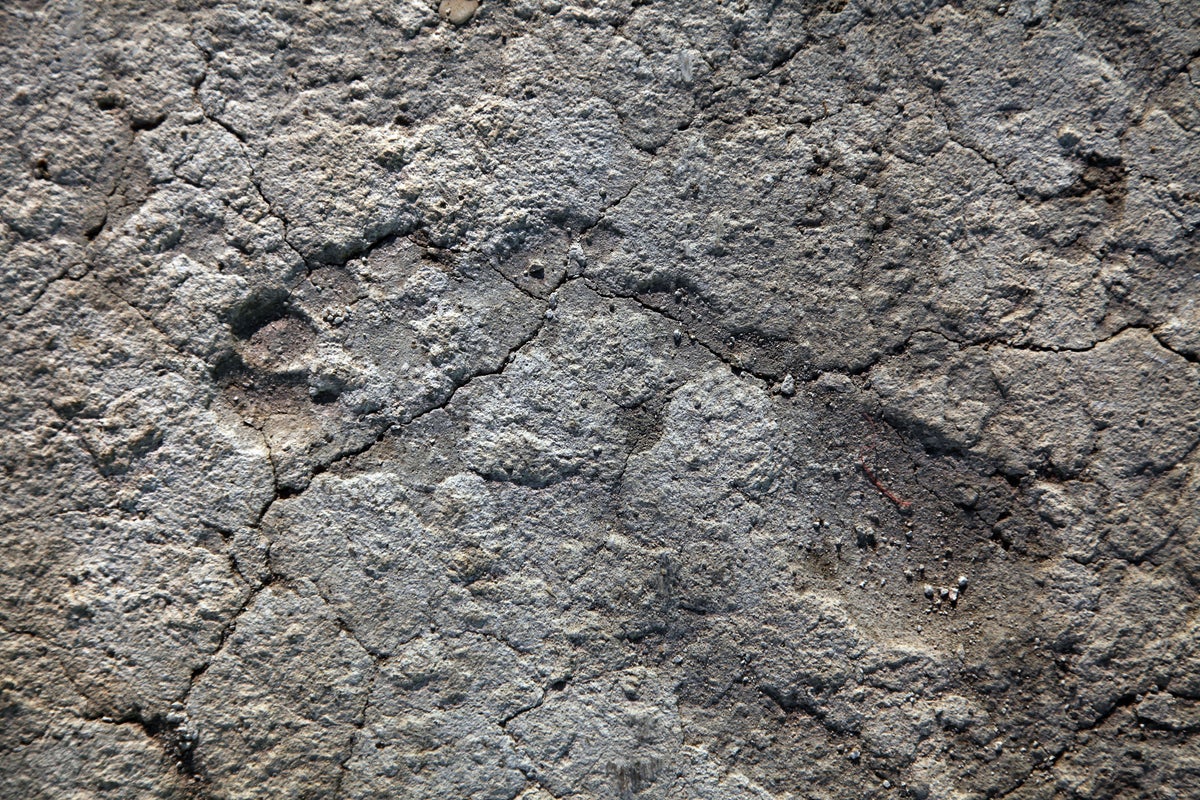
Fossil tracks discovered in the Cape south coast of South Africa could likely be the oldest evidence yet of ancient human ancestors wearing footwear to tread across a vast landscape, a new study suggests.
In this coast, over the last 15 years, archaeologists have uncovered over 350 vertebrate tracks, including those made by horses and some by humans either walking or jogging barefoot as evidenced by toe impressions.
But among these well preserved imprints were also some with no toe impressions, researchers, including Charles Helm from the Nelson Mandela University in South Africa, say.
In a new study, published recently in the journal Ichnos, scientists looked at human-ancestor hominin tracks with signs of footwear use in southern Africa and compared it with those from later time periods discovered in Western Europe.
They suspect that “inhabitants of these areas in the Middle Stone Age would have had the means, motive and opportunity to fashion footwear.”
Researchers also analysed evidence from three prehistoric surfaces on South Africa’s Cape coast which suggest that humans may have “indeed have worn footwear” while traversing dune surfaces in the region during the Middle Stone Age.
Usually, to identify human footwear, archaeologists have relied on first spotting the presence and alignment of toe impressions as a crucial determining factor.
But such features are unlikely in the tracks of ancestral humans wearing footwear, Dr Helm wrote in The Conversation.
So to look for footprints indicative of possible footwear use by ancient human ancestors, researchers looked for “crisp track margins” with a “hominin footprint outline” along with any likely “strap attachment points” if they left any marks.
While none of the three sites were such a likely evidence exists has been dated scientifically until now, scientists say these tracks may have been formed from around 70,000 years to more than 130,000 years ago.
They suspect these early foot covers were developed by ancient humans as protection from sharp rocks along the coast, as well as from extremes of heat and cold.
Once early human ancestors found a way to use bone tools to fashion clothes for themselves “footwear might have been a logical addition,” Dr Helm writes.
“While our evidence is suggestive, we do not consider it conclusive as yet,” the archaeologist said.
“The hominin track record may be biased towards identification of tracks made by barefoot individuals, therefore the development of criteria for the identification of shod-hominin tracks should aid in future interpretation efforts,” paleontologist added.







